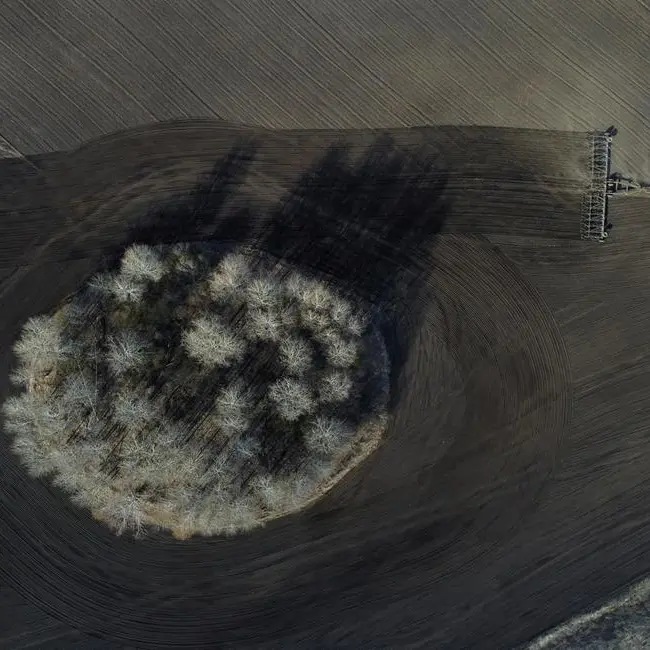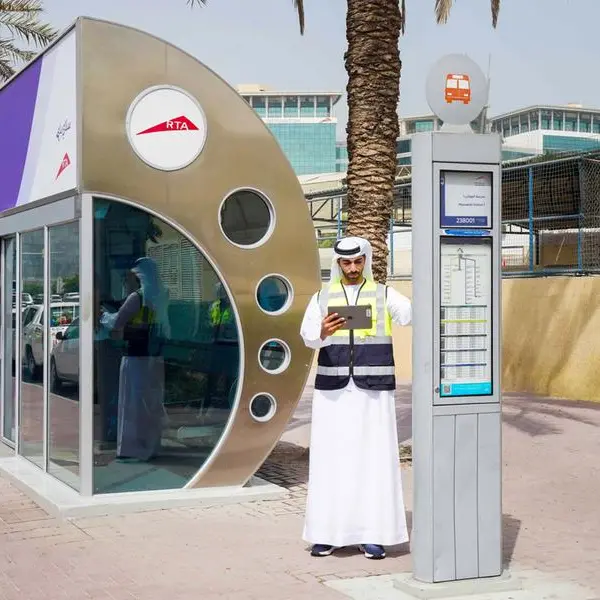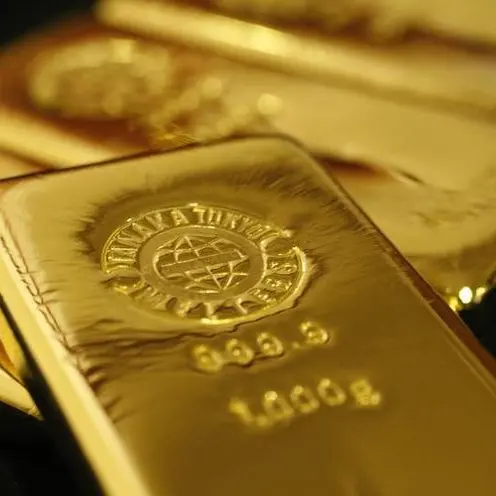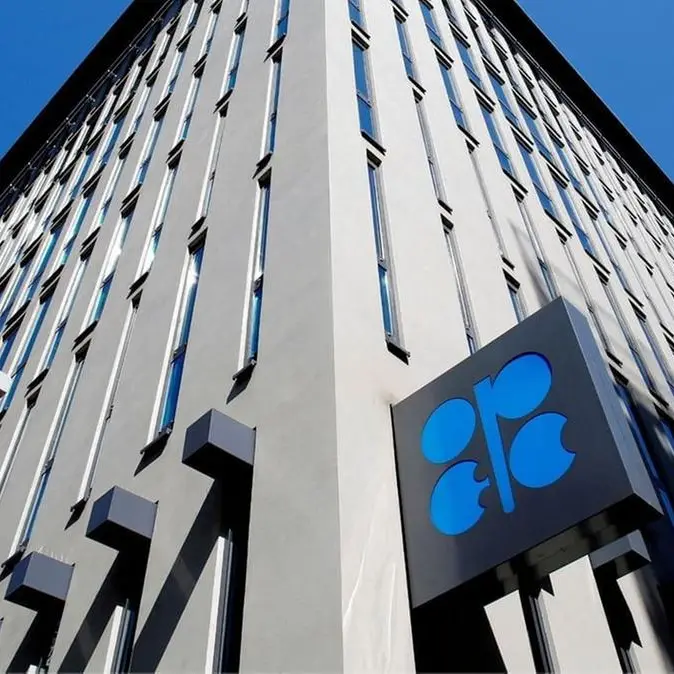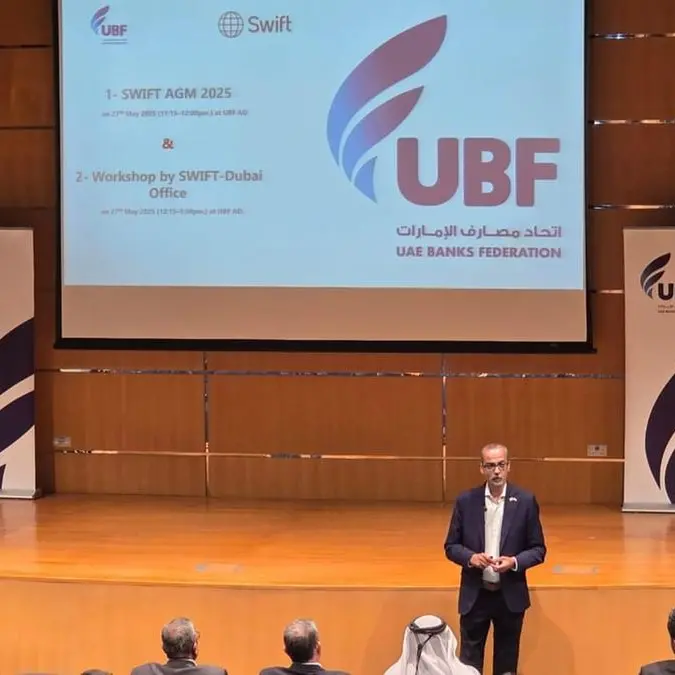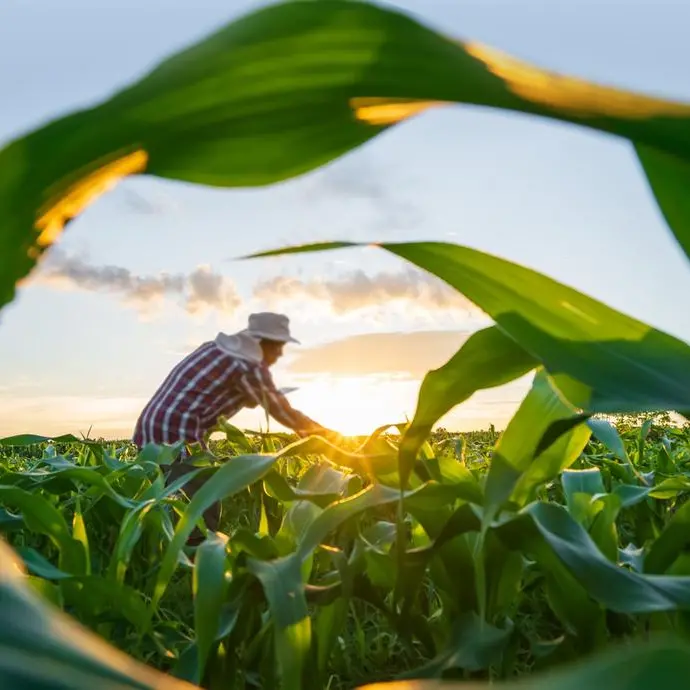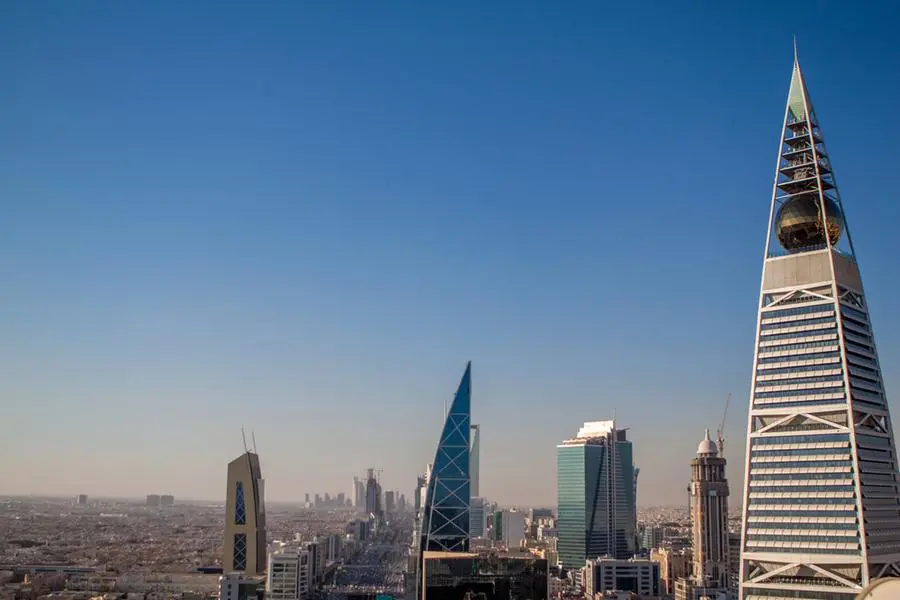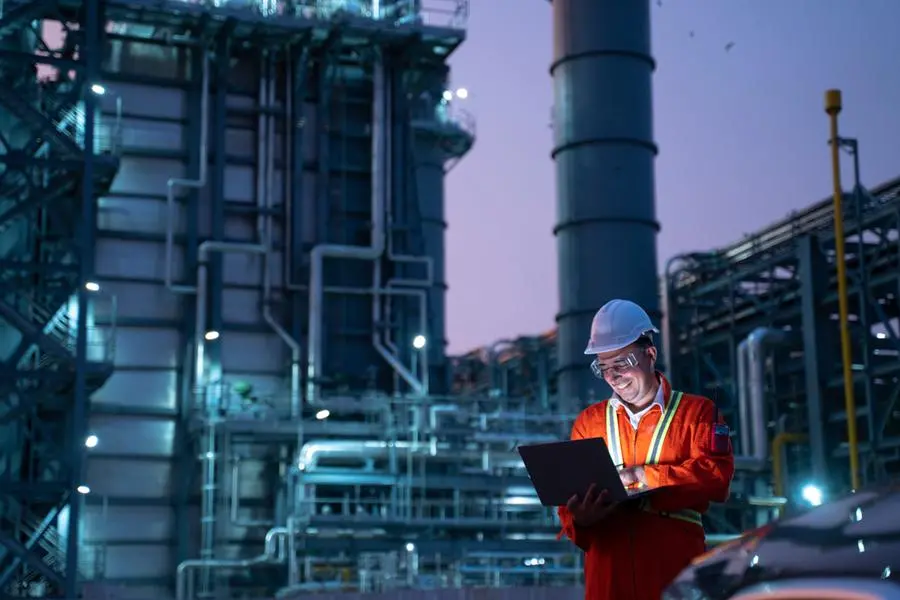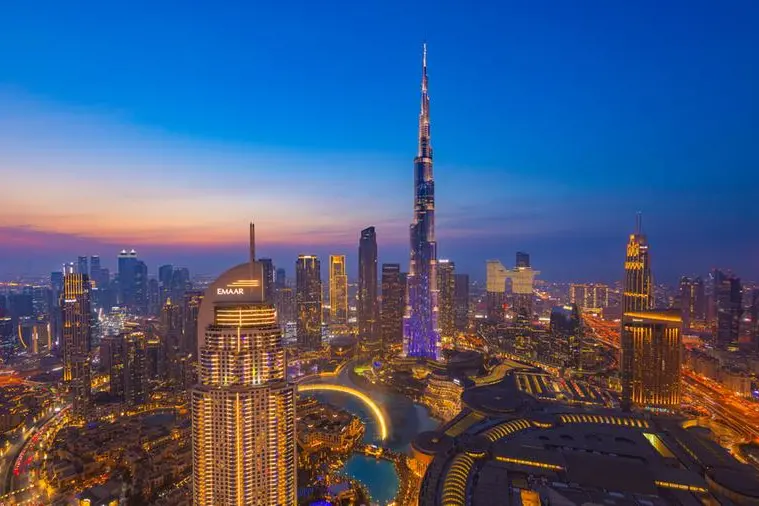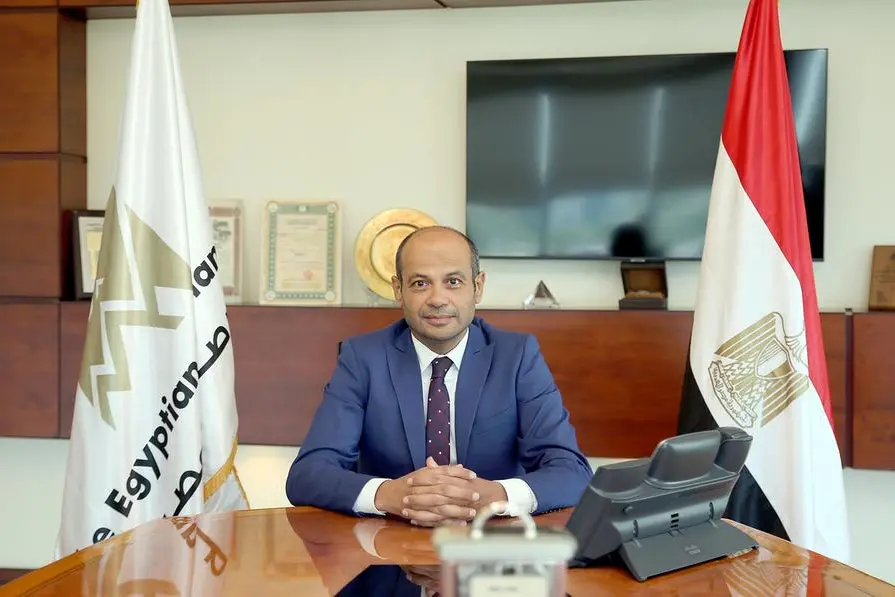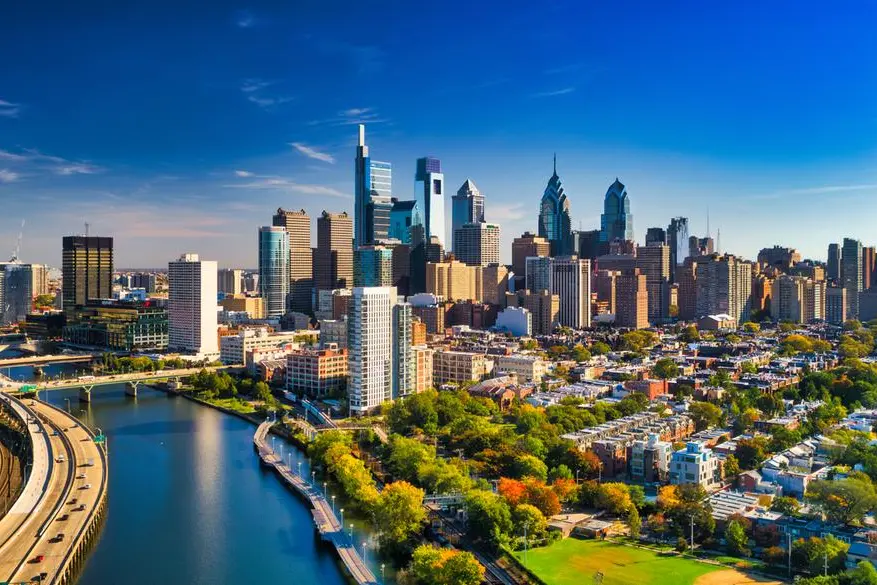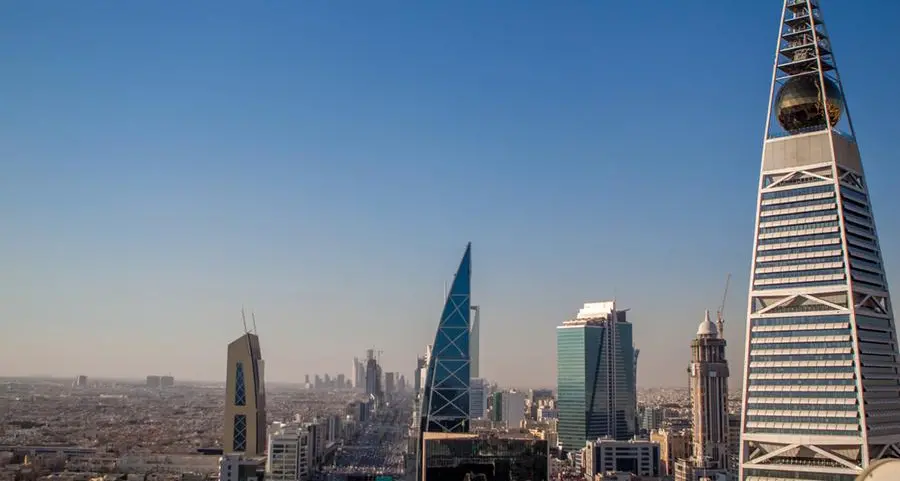JOHANNESBURG- A Chinese-backed consortium building infrastructure for a massive iron ore mine in Guinea started blasting a railway tunnel in a habitat for a critically endangered chimpanzee species with no plan in place to manage the impact on the animals, company and government statements and satellite imagery show.
The consortium is developing the mine in the West African country's Simandou mountains. Anglo-Australian mining company Rio Tinto PLC has permission to mine an adjacent part of the deposit, the world's biggest, and has said it plans to export the ore using the railway and port being built by the consortium, Winning Consortium Simandou (WCS).
The construction company hired by WCS to build the railway, China Railway 18th Bureau Group Co Ltd, said in a June 7 statement on its website that a shaft was blasted into the hillside "with a roar of cannons" on May 29, weeks before Guinean officials met to consider an environmental and social impact assessment (ESIA).
According to minutes of that meeting, Guinean officials did not order the company to stop blasting, but did call for revisions to the assessment - including a management plan for chimpanzees. For any projects that could impact the environment, Guinea requires environmental assessments to be finished and approved ahead of time, Article 28 of its environmental code states.
The Western chimpanzee is "critically endangered," according to the International Union for Conservation of Nature (IUCN), which maintains a benchmark inventory of endangered species. That's the most vulnerable of its five classifications, one step away from extinction in the wild.
The entire area of Guinea is home to nearly two-thirds of the remaining estimated 52,800 Western chimpanzees in the wild, according to the authority.
Extensive work on the tunnel has been taking place for several months, according to a Reuters review of satellite imagery provided by Planet Labs. A June 28 image shows two main construction areas at either end of the tunnel, connected by a new access road through the mountains. This was not visible in January.
China Railway 18th Bureau Group did not respond to questions about the construction work sent by Reuters on July 28. After the questions were sent, its statement mentioning the hillside blast was removed from its website.
WCS said no blasting took place before it received the required permits or before the environmental assessment had been approved, but neither WCS nor Guinea's government provided the basis for that assertion or made a copy of the approved environmental assessment available.
"The WCS team is assessing environmental and social impacts through the ... ESIA process and will put in place appropriate mitigation measures prior to construction," it said in response to Reuters questions.
Guinea's mines ministry didn't respond to requests for comment about the tunnel construction, environmental assessments and chimpanzee protection.
Rio Tinto is not involved in building the railway, but has said it will use it. It declined to comment on the construction work, or say whether the risk to chimps meant it might change its transportation plans in future, saying it was studying its options.
The IUCN said in 2016 the Western chimpanzee population had declined by 80% from 1990 to 2014. The main threats are habitat loss, poaching and disease. It said last year the animals "are on a trajectory towards extinction unless drastic measures are taken immediately."
The Simandou railway "will permanently change the Guinean landscape," said Genevieve Campbell, who leads an IUCN task force that advises companies on how to minimise their impact on apes. The project needs to ensure the "appropriate mitigation is already in place before construction begins."
Chimpanzees could engage in lethal fights if the railway forces one community into an adjacent community's territory, Campbell said.
Simandou has an estimated 8 billion tonnes of high-grade ore reserves. It is key to Chinese companies looking to wean themselves off Australian iron ore amid a worsening trade war between the two countries.
$15 BILLION PROJECT
The risk to chimpanzees - through collisions with trains and increased pressure on their habitat - was highlighted in an earlier assessment, carried out by Rio Tinto in 2012, when it was considering building a railway from Simandou to the coast. Rio has held rights to the deposit since 1997 but never developed it.
Among the hitches were the cost of the infrastructure, including the railway, that the government has said must be built if the mine is to go ahead. Now Rio has two of the deposit's four licence blocks, and WCS the other half.
Rio Tinto's global head of external relations, Lawrence Dechambenoit, said at a June ceremony to open a new office in Guinea's capital that Rio would collaborate with those building the infrastructure. Simandou is the company's most important project, he said.
The $15 billion cost of developing WCS's half of Simandou and building the railway and port will largely be financed through the group's own funds, "given the extensive financial capacity of its members," the consortium has said.
The tunnel will be part of a 670-km (416-mile) "Transguinean" railway and port project. In a speech on March 19, mines minister Abdoulaye Magassouba said work on it would start on June 1 and continue until January 2024.
China Railway 18th Bureau Group said in its June 7 statement it had "officially entered the tunnel" on May 29.
Rio Tinto's earlier impact assessment, seen by Reuters, said 600-700 chimps were present in the area where WCS is building the tunnel. The whole line would cut through important chimp habitats, it said; blasting tunnels was likely to disturb the noise-sensitive primates.
To mitigate this, Rio said it could minimise the width of the railway corridor, rehabilitate the habitat cleared for construction, and prepare the site by "physically removing or scaring away animals."
The Simandou mountains' dramatic landscape, rich biodiversity and cultural sites make them a sensitive place to launch mining. Rio's previous environmental assessment said whole peaks would be erased by mining in its half of Simandou. The Pic de Fon, the mountain range's highest peak, would be removed by the 20th year of production.
32 RECOMMENDATIONS
Reuters couldn't determine if the rail route planned by the WCS consortium differs substantially from the one Rio had in mind: No environmental plan for the project has been made public. A draft environmental and social impact assessment submitted to the Guinean government for three tunnels, including the one announced by China Railway 18th Bureau Group, was dated June 25.
An environment ministry committee made 32 recommendations to strengthen the plan, including mitigating impacts on chimpanzees, before work progressed, according to a summary of a July 5 meeting on the website of its Bureau Guinéen d'Etudes et d'Evaluations Environnementales (BGEEE).
The BGEEE, which is in charge of publishing information about environmental assessments, didn't publish the draft or respond to requests for a copy.
WCS told Reuters the recommendations were included in a final version of the plan, but declined to share a copy. It said it had launched surveys to prepare measures that will mitigate environmental impacts.
The WCS consortium's members include Shandong Weiqiao, a subsidiary of the world's largest aluminium producer China Hongqiao Group Limited, Singapore's Winning Shipping, and Guinean mining logistics firm United Mining Supply Group (UMS).
WCS told Reuters in March that it aimed to finish its impact assessments for the Simandou project as a whole by December this year.
(Reporting by Helen Reid and Joe Bavier in Johannesburg, Additional reporting by Ryan McNeill in London and Yew Lun Tian in Beijing; Edited by Amran Abocar and Sara Ledwith) ((Helen.Reid@thomsonreuters.com;))
